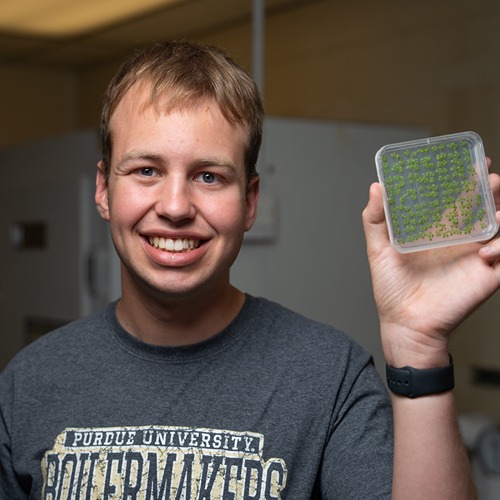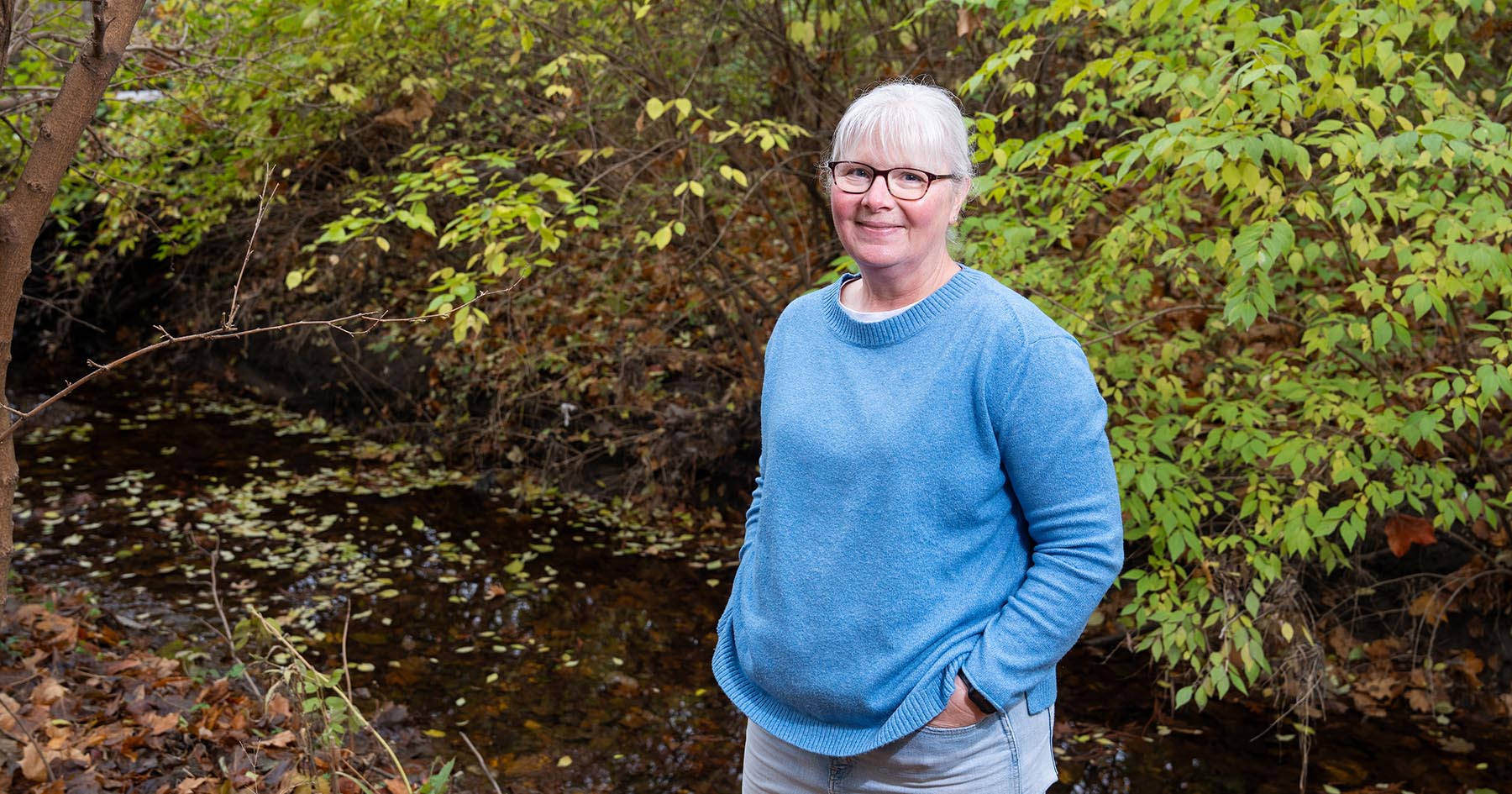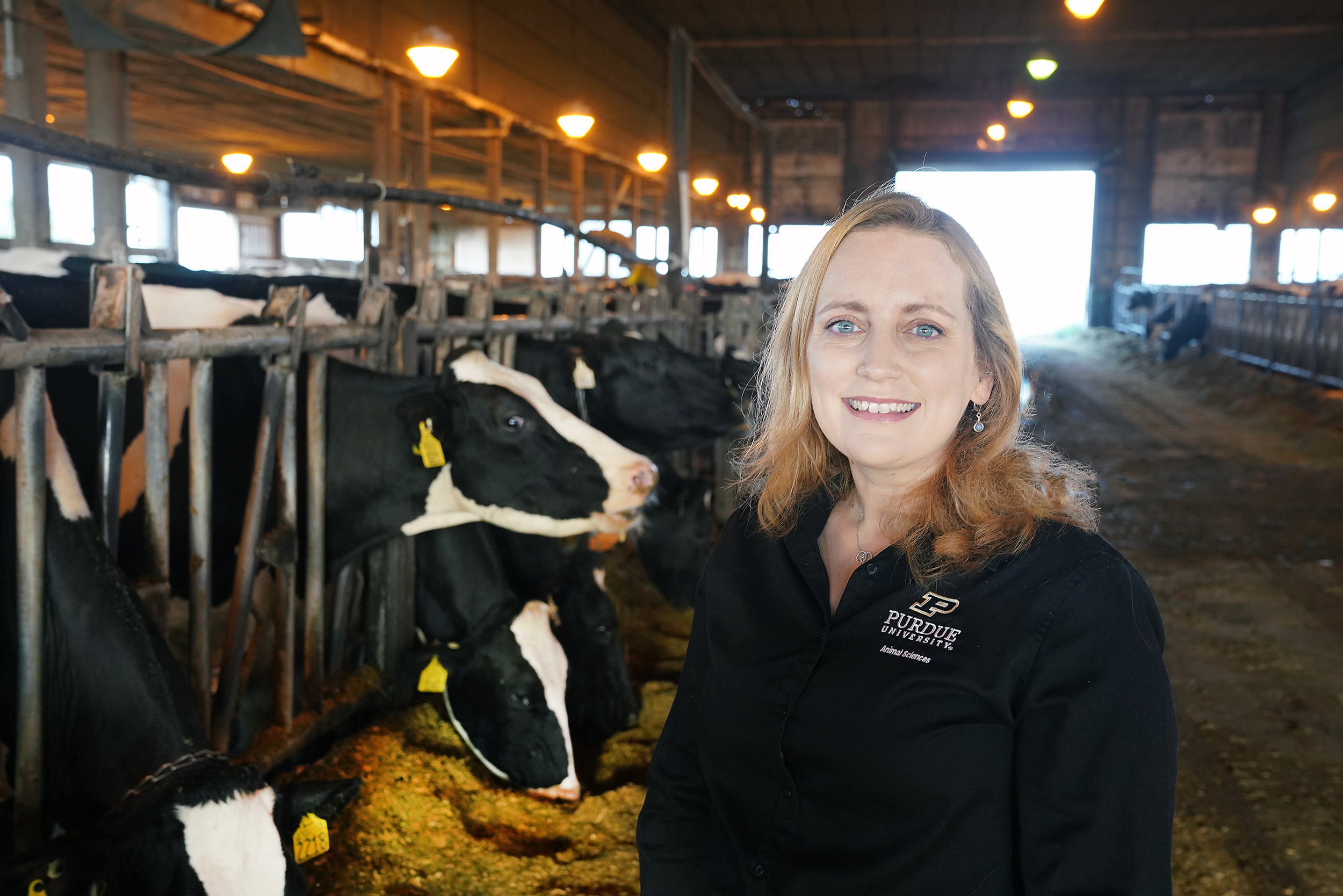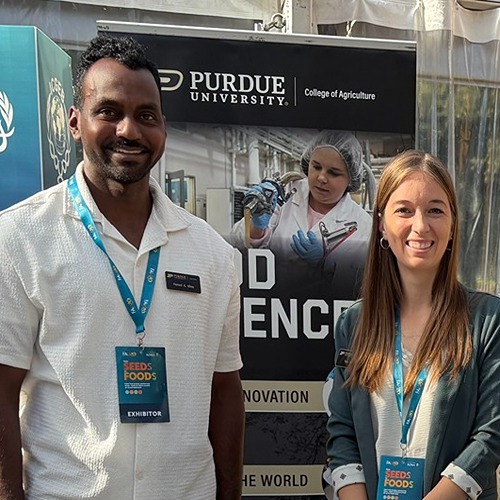Indiana is one of the country’s top pumpkin growers. Also, another name for Jack o’ Lantern is Hinkypunk
Hinkypunks. Hobby lanterns. Fairy lights. Corpse candles. Fool’s fire.
All of these whimsical names, which originated in Ireland, once referred to the other-worldly lights of evil spirits that would appear in the night above bogs and swamplands. Centuries before science would explain away these ethereal flares as the ignition of decomposing plant matter coming into contact with heat or electricity, they were regarded with a healthy dose of Celtic reverence and unease. The custom of carving faces in turnips or potatoes, hollowing them out and illuminating them from the inside became a common practice in Ireland, one meant to warn off evil spirits on certain holidays, namely the eve of All Saint’s Day.
The mysterious bog lights went by one other name, recognizable to most even today - Jack o’ Lantern. One of the spirits wandering among the bogs was rumored to be that of Stingy Jack. Jack, who had bartered with Satan and lost, was a common enough outcome for anyone foolish enough to gamble with the devil. As punishment, Jack was condemned to roam the mortal realm as a spirit with only a smoldering ember in a hollowed-out turnip to light his way.
This tale, imported to the U.S. in its many iterations, is how the carved pumpkins of today with their gnarled grins and monstrous miens became known as Jack o’ Lanterns.
Download the Purdue Agriculture pumpkin carving pattern

For as many tellings of Stingy Jack, there are infinitely more varieties of pumpkins, the vessel that immortalized Jack and his ill-fated wager.
“There are hundreds of pumpkin varieties, ” Elizabeth Maynard, clinical engagement associate professor of horticulture and landscape architecture, said. “They are originally native to Central and South America. If you include all the various species of pumpkins, also known as winter squashes, there’s a massive array of shapes, sizes, colors and flavors.”
Some of the most common kinds, especially those associated with Halloween, are the aptly named Jack o’ Lantern pumpkins, characterized by smooth skin, rich orange color and a round or oblong shape. Cinderella pumpkins, with a flat shape and orange hue, and Flat White Boer pumpkins can commonly be found in decorative arrangements during the fall months. And the pumpkin found most commonly in cans bellies as opposed to centerpieces? That is most likely a variety of Cucurbita moschata, Maynard said, known for its rich flavor and appealing texture.
While Ireland may take the cake - or the pumpkin pie- in terms of crafting Halloween’s foundational mythology, they can’t hold a candle to Indiana in terms of pumpkin production.
Indiana consistently ranks as one of the top five states for pumpkin cultivation in the country, producing over 100 million pounds of pumpkins in 2018.
“In Indiana, the growing season is long enough and temperatures warm enough that a pumpkin crop can mature and produce good yields,” Maynard continued. “There is usually enough rain that even without irrigation the crop will survive and yield.”
While Indiana has favorable growing conditions for pumpkins, Daniel Egel, clinical engagement associate professor of botany and plant pathology, said they are a temperamental crop. As they take root pumpkins like it to be wet but not too wet and as they mature they prefer warm weather but not too warm.
“It has been a difficult year for pumpkin growers in Indiana for the same reason it’s been difficult for those growing corn,” Egel said. “Mainly, there was too much rain initially and in the following months, it was too hot. We’ve also seen diseases imperiling crops this year around the state.”
Currently, the two main threats to pumpkin crops in Indiana, Egel continued, are Phytophthora (pronounced fahy-tof-ther-uh), a fungal blight that more closely resembles brown algae than fungus and a virus spread by aphids, which can lead to warty pumpkins.
“I always tell growers to choose their fields carefully. If you select a field that is low and poorly drained it will be more susceptible to Phytophthora. And if you develop Phytophthora it can be difficult to eliminate because the typical fungicides aren’t effective against it,” Egel explained.
Despite their capricious nature, pumpkins are a Halloween staple in Indiana and around the country. Any variety can be carved or converted into a festive decoration.
“I always tell people ‘If you see a pumpkin you like, that’s the one you should take home.’ Of course, you want to make sure there are no soft spots and the stem is long enough to grip, but whatever the shape or size, whether it’s smooth or bumpy, orange or green if you like it then it’s the right choice,” Egel said.





